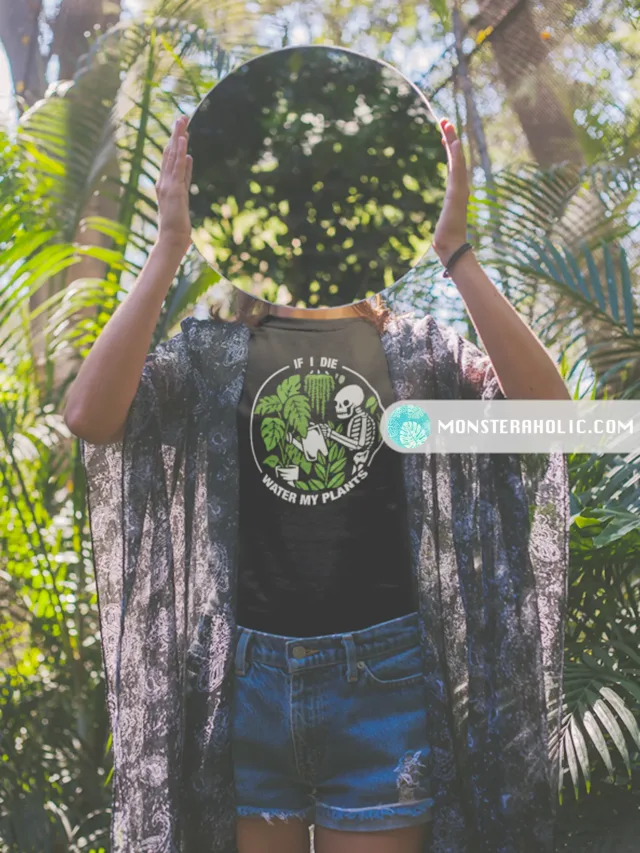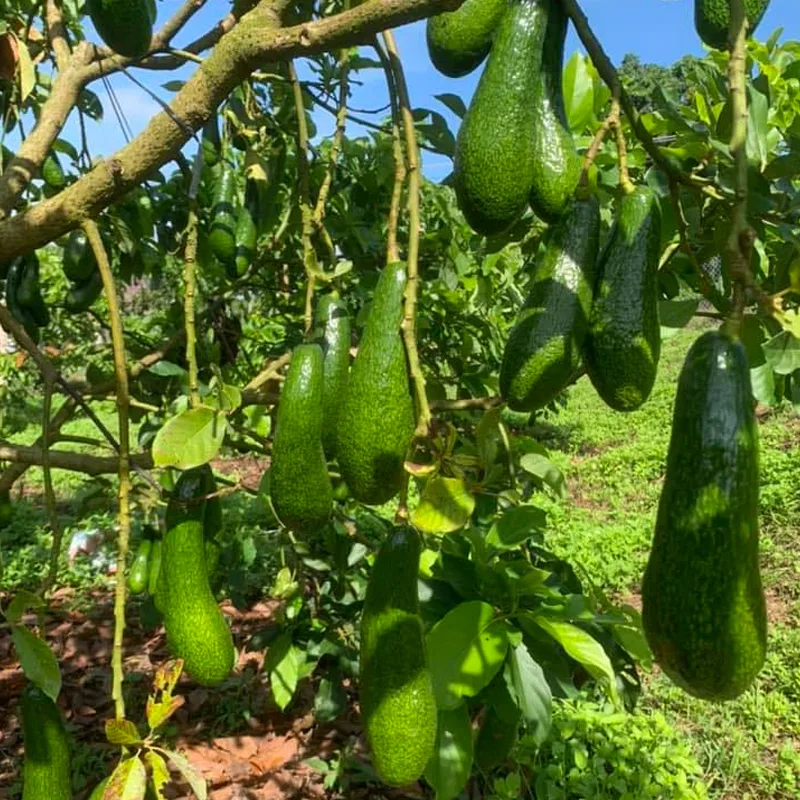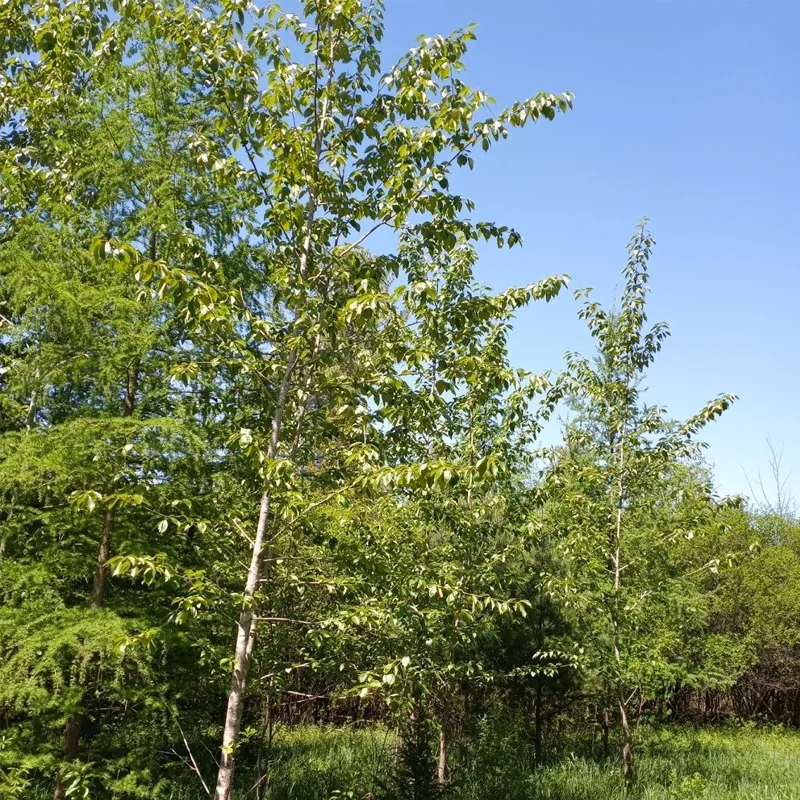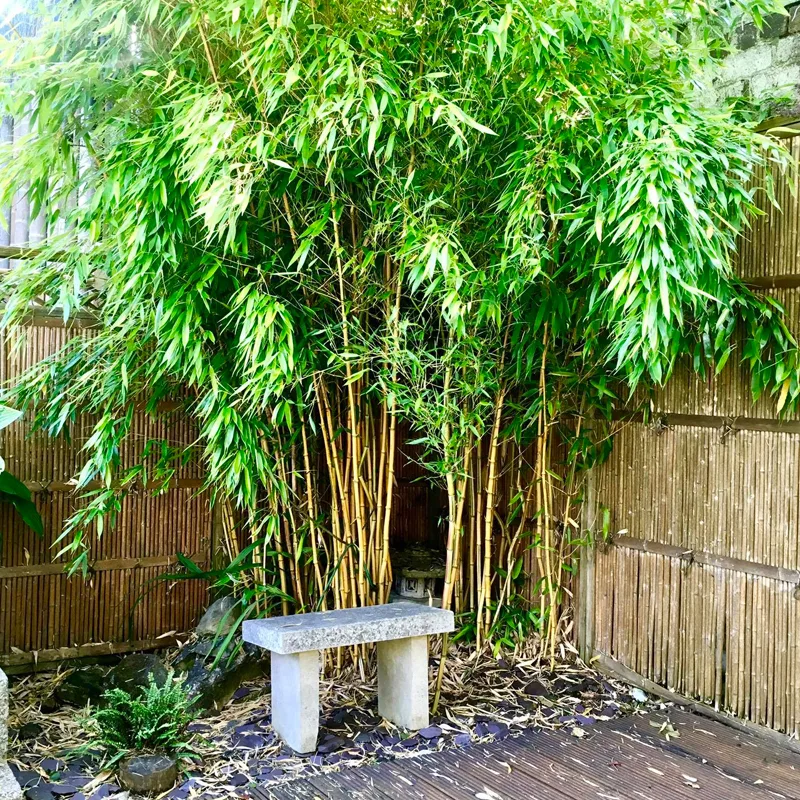Unveiling the Wonders of Ledebouria
In my quest for unique and captivating houseplants, I stumbled upon the mesmerizing genus of Ledebouria, a collection of African bulbous perennial herbs that have taken the indoor gardening community by storm. According to my actual experience, these plants, also known as silver squill, boast lance-shaped leaves adorned with intricate silver and green patterns, making them a delightful addition to any indoor plant collection.
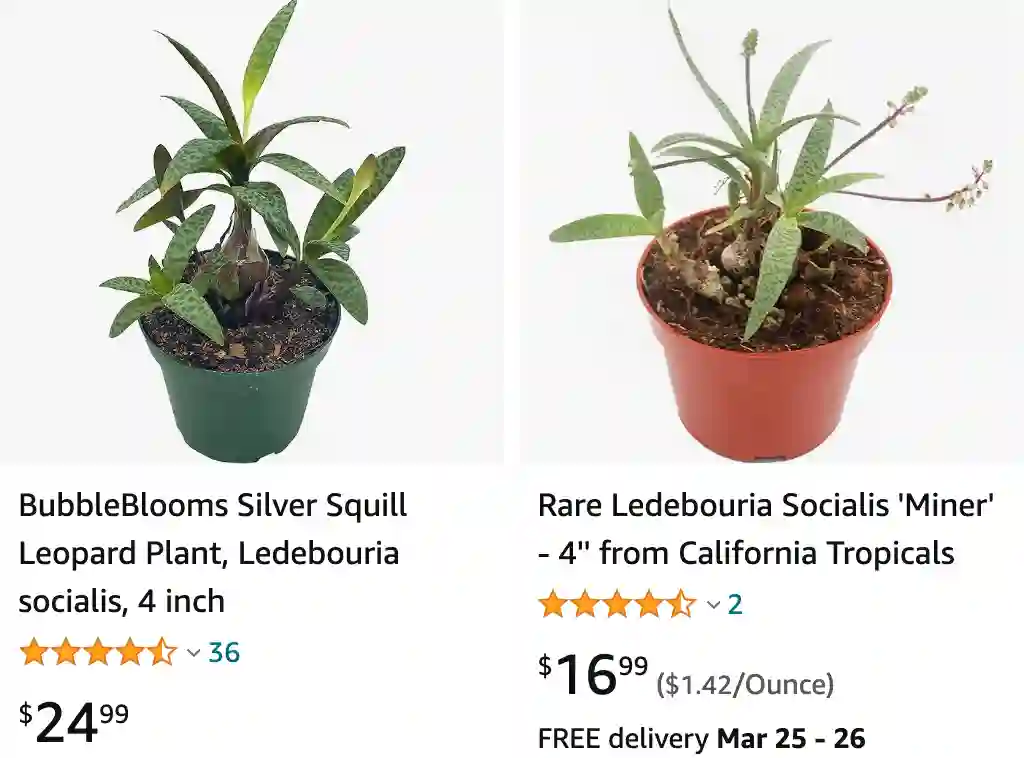
My Encounter with the Silver Squill
The Allure of Patterned Leaves
As I gazed upon the green and silver mottled leaves of the silver squill, I was instantly captivated by their decorative charm. It’s fascinating to discover that these plants, predominantly originating from South Africa, Madagascar, or India, belong to a genus comprising around 40 species. The most popular among them, Ledebouria socialis, commonly known as silver squill or leopard lily, stole my heart with its spots and wood hyacinth-like appearance.
A Symphony of Colors and Blooms
One of the most delightful aspects of Ledebouria is its versatility in terms of size and appearance. Ranging from 6 to 10 inches tall and wide, these plants bring a burst of spring color indoors with their airy inflorescences. While the individual blooms may be small, the collective display is nothing short of spectacular. This revelation came to me as a pleasant surprise, dispelling the notion that indoor plants can’t offer vibrant, seasonal displays.
Nurturing Ledebouria: My Personal Guide
Light Requirements for Silver Squill
In my journey of caring for silver squill, I discovered that providing the right light is crucial. Bright, indirect light is ideal, mimicking the plant’s native habitat. Placing silver squill under a grow light for about 16 hours a day can be a suitable alternative. My experience taught me that insufficient light not only affects the plant’s growth but also impacts its ability to flower, diminishing the overall visual appeal.
Soil Selection for Thriving Plants
Similar to succulents, Ledebouria thrives in a well-draining growing medium. Opting for a cactus or succulent potting mix proved to be a game-changer in preventing root rot. The choice of the container also matters; terra cotta pots, with their excellent air flow, facilitated quicker soil drying, contributing to the overall health of my silver squill.
Watering Wisdom
As someone who appreciates low-maintenance plants, silver squill quickly became a favorite. During the active growth period in spring and summer, regular, but not scheduled watering, kept the plants flourishing. My watering routine was determined by the soil moisture level, ensuring I didn’t inadvertently overwater. In the dormant months of autumn and winter, a more sparing approach sufficed to prevent drying out.
The Art of Propagation: Growing the Silver Squill Family
Simple Steps to Multiplication
Propagation of silver squill, much like its cultivation, turned out to be a straightforward endeavor. Whether acquiring a new plant from a garden center or a friend’s mature bulb, the process involves division every 3 to 4 years. My firsthand experience revealed the simplicity of repotting, separating bulbs, and ensuring the right depth for planting. The joy of sharing extra bulbs with fellow gardening enthusiasts added a communal aspect to my indoor gardening journey.
Identifying and Addressing Issues
While silver squill is celebrated for its low-maintenance nature, challenges can arise. Root or bulb rot, often stemming from excessive watering, posed a threat. Observing browning leaf edges prompted me to reassess light conditions and make necessary adjustments. Additionally, periodic inspections became a routine to combat potential pests like aphids, mealybugs, and spider mites, ensuring the continued health of my Ledebouria family.
A Glimpse into Cultivars: Collecting the Silver Squill Varieties
A Tapestry of Cultivated Forms
Exploring the world of Ledebouria introduced me to a variety of cultivated forms, each with its unique charm. From the commonly found Ledebouria socialis ‘Violacea’ with its dark green and silver-spotted leaves to the diminutive ‘Paucifolia’ and the eye-catching ‘Juda’ with variegated silver-green leaves, my collection expanded, each cultivar telling a different story.
Beyond the Leaves: Delving into the Genus Ledebouria
A Botanical Journey
As I delved deeper into the genus Ledebouria, I unearthed its botanical intricacies. Originating from sub-Saharan Africa, India, and Madagascar, the genus exhibits a diverse range of species, thriving in subtropical savannas and grasslands. The debate surrounding the separation of related genera, such as Drimiopsis and Resnova, added a layer of complexity to the exploration.
The Saga of Seeds
The ephemeral nature of Ledebouria’s seeds became evident in my attempts at propagation. Sowing immediately after ripening and ensuring a well-drained medium proved crucial for successful sprouting. The unique characteristic of some South African species not entering winter dormancy in their first year added a fascinating dimension to my growing knowledge.
Concluding Thoughts: A Personal Tapestry with Ledebouria
In conclusion, Ledebouria has woven itself into the fabric of my indoor gardening narrative. From the enchanting allure of silver squill’s patterned leaves to the joy of nurturing and propagating these captivating plants, every step of the journey has been a revelation. The genus Ledebouria, with its rich diversity and unique characteristics, has not only adorned my living space but also enriched my understanding of the fascinating world of botanical wonders. As I continue my exploration, I eagerly anticipate new discoveries and the growth of my Ledebouria family, an ever-evolving testament to the beauty and resilience of nature.
